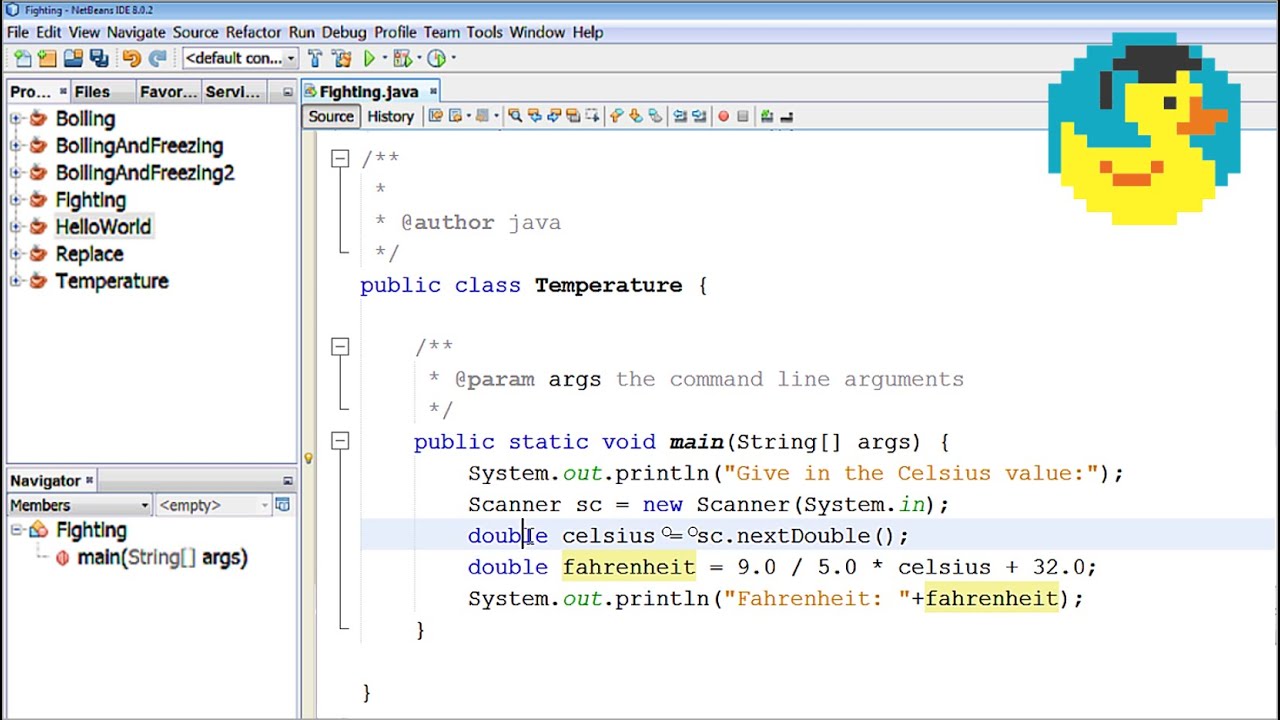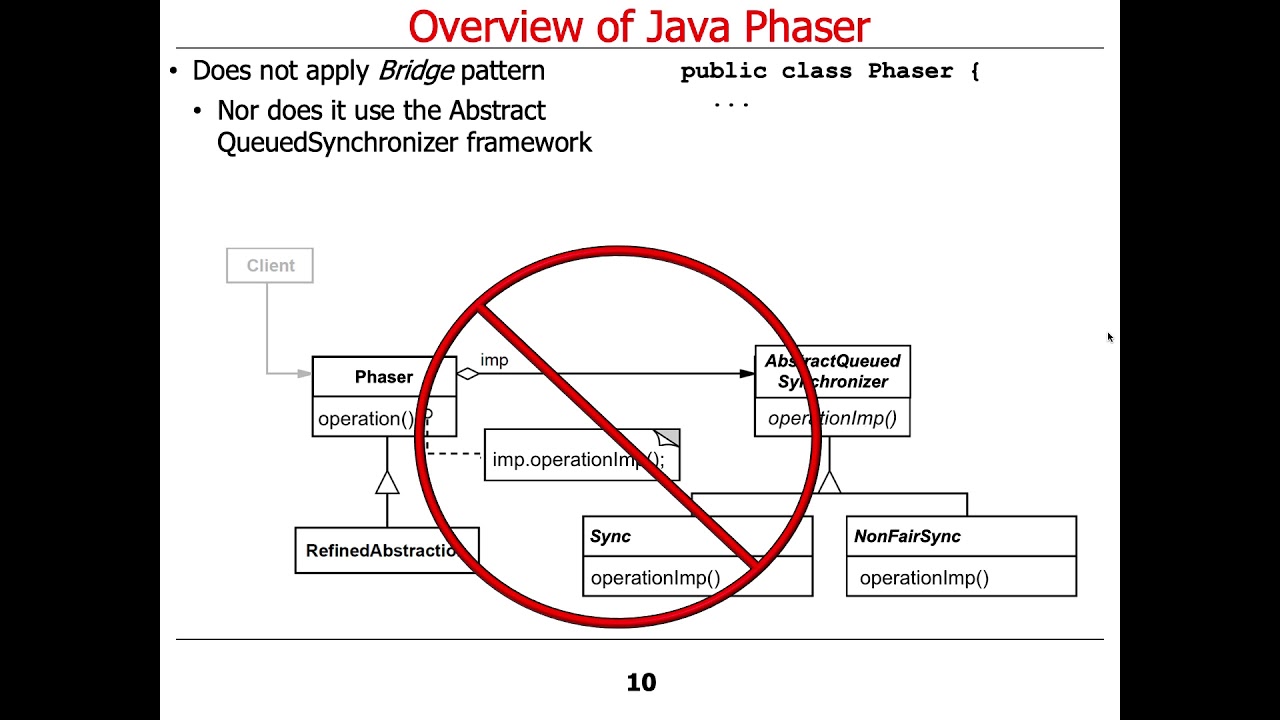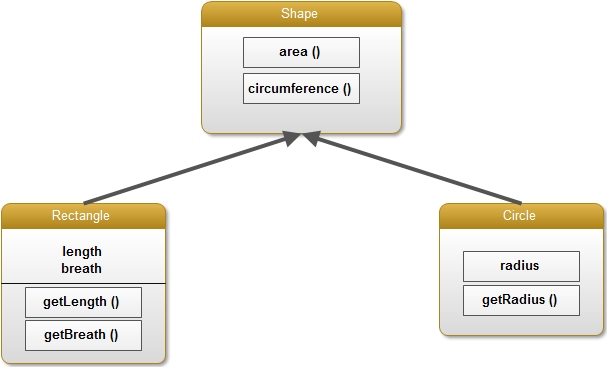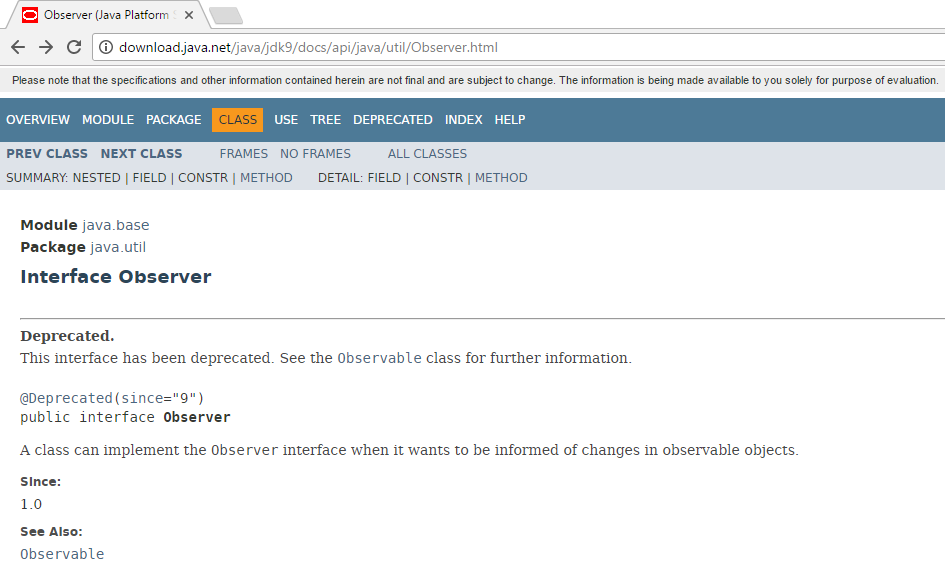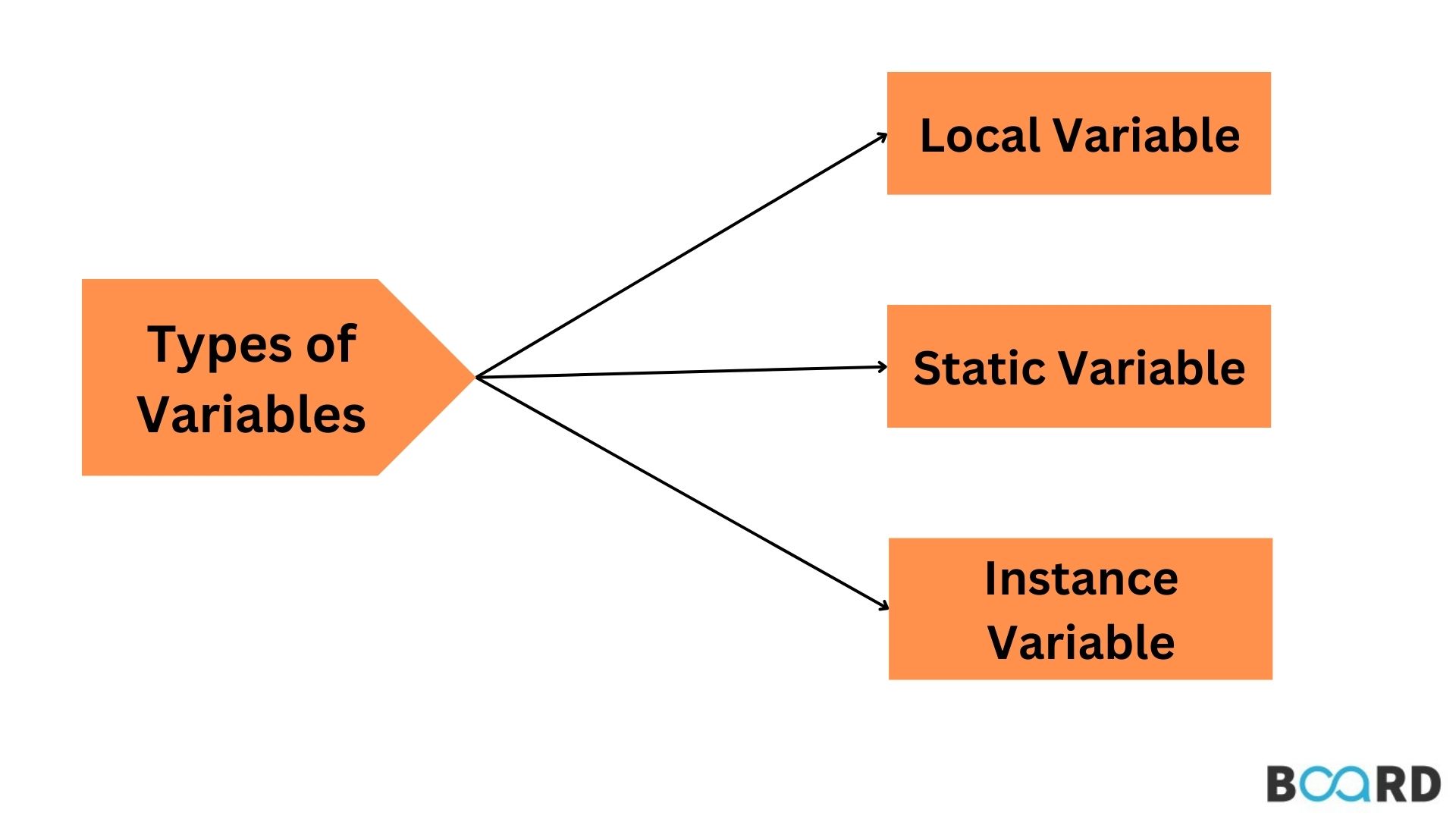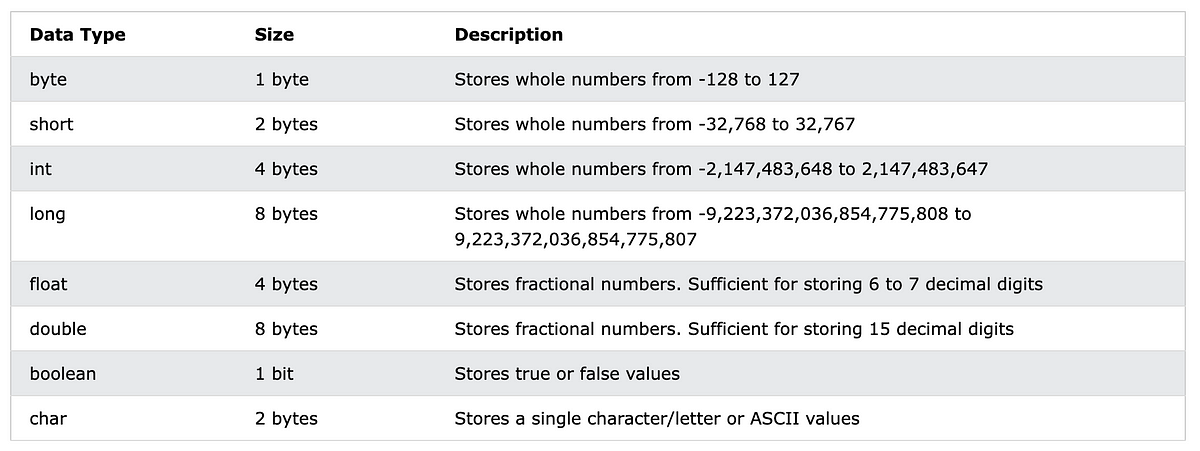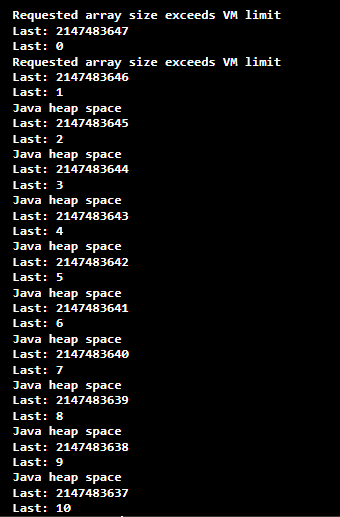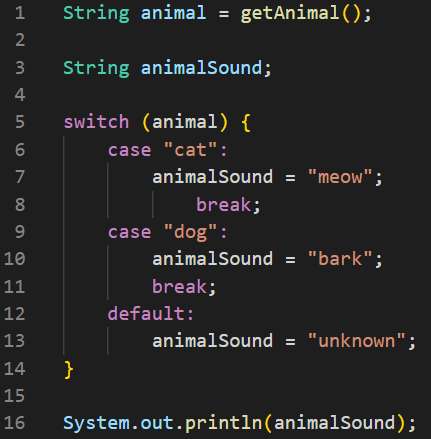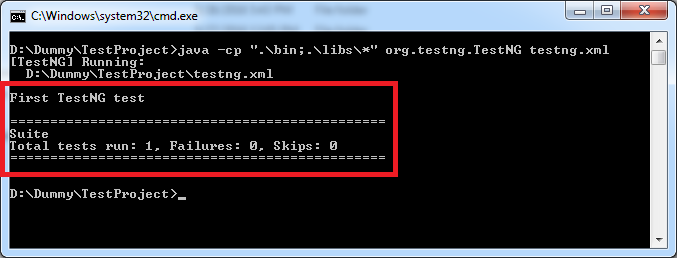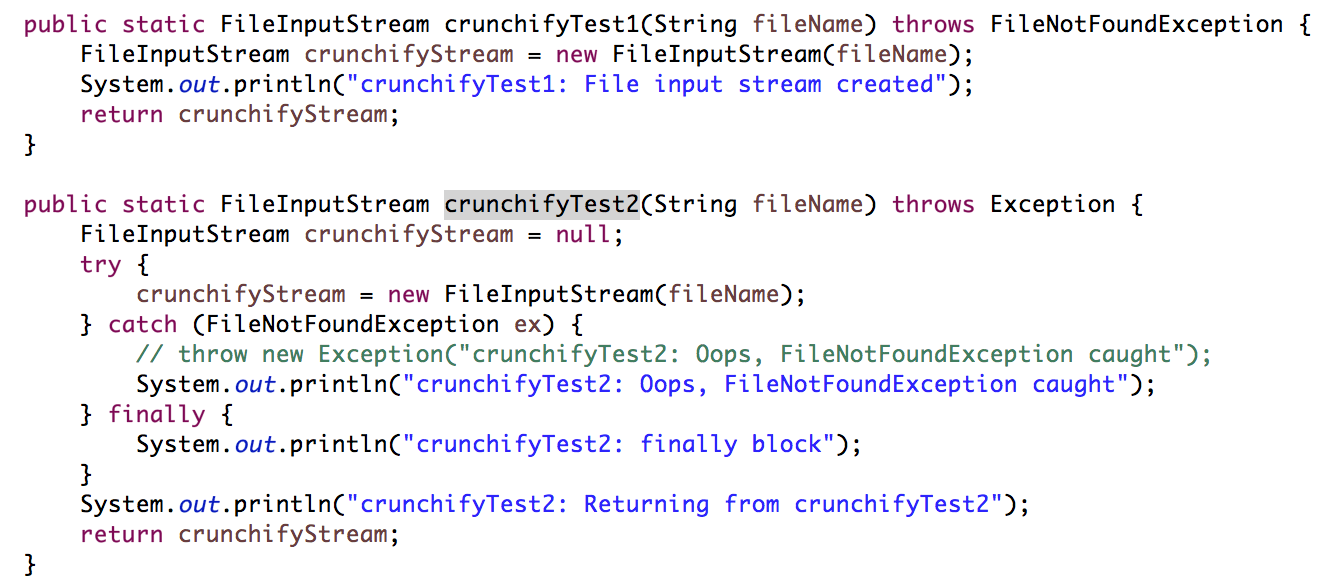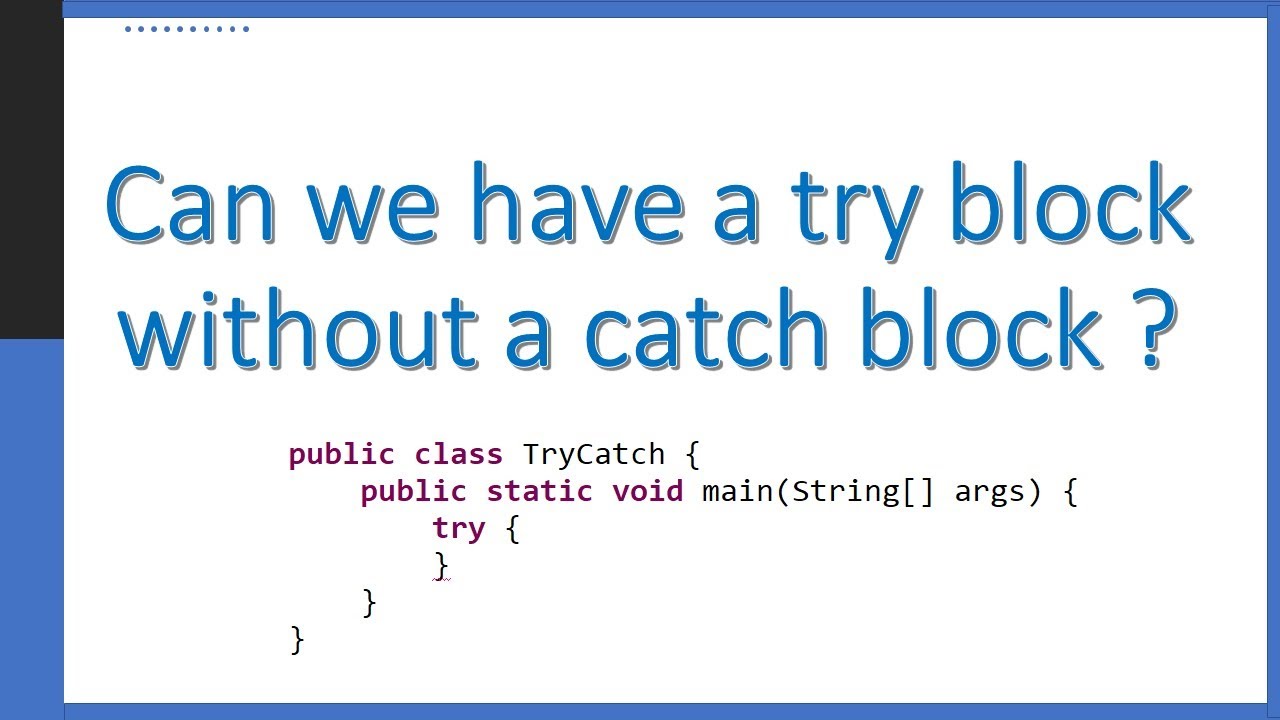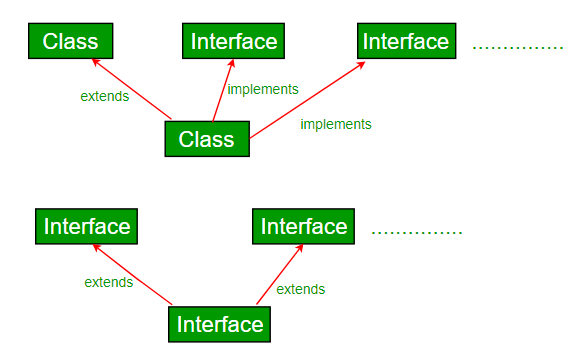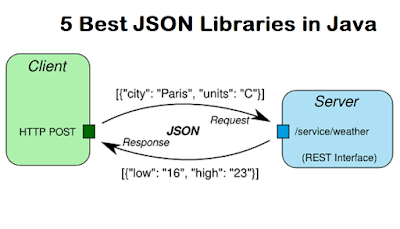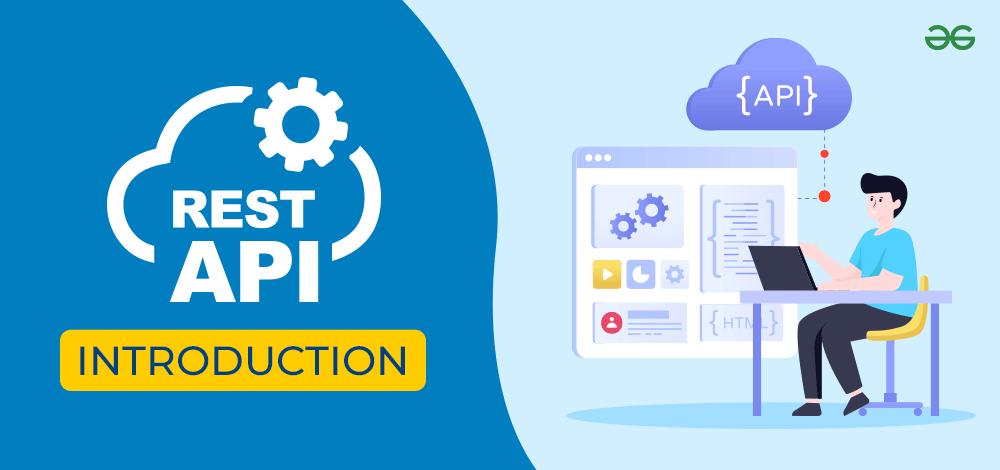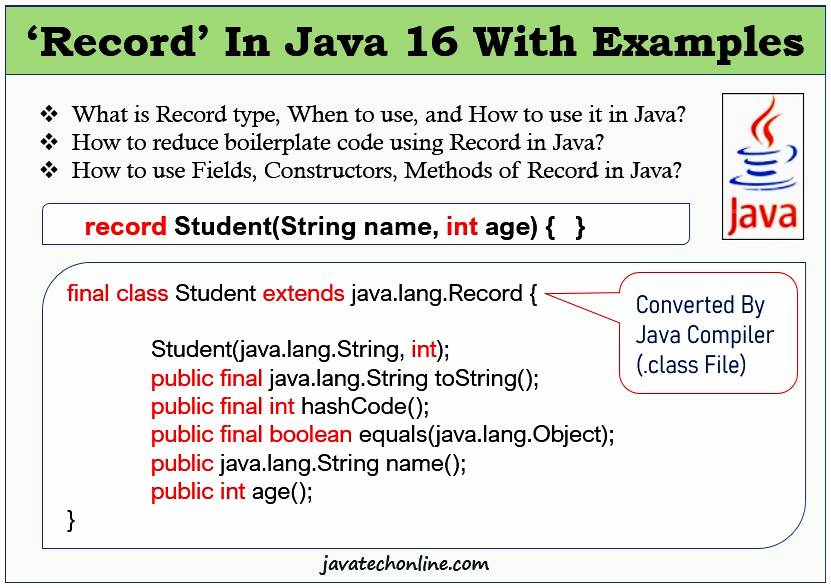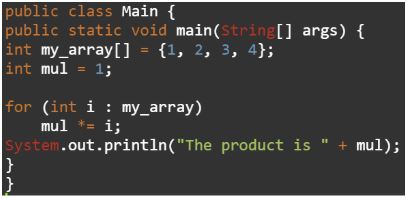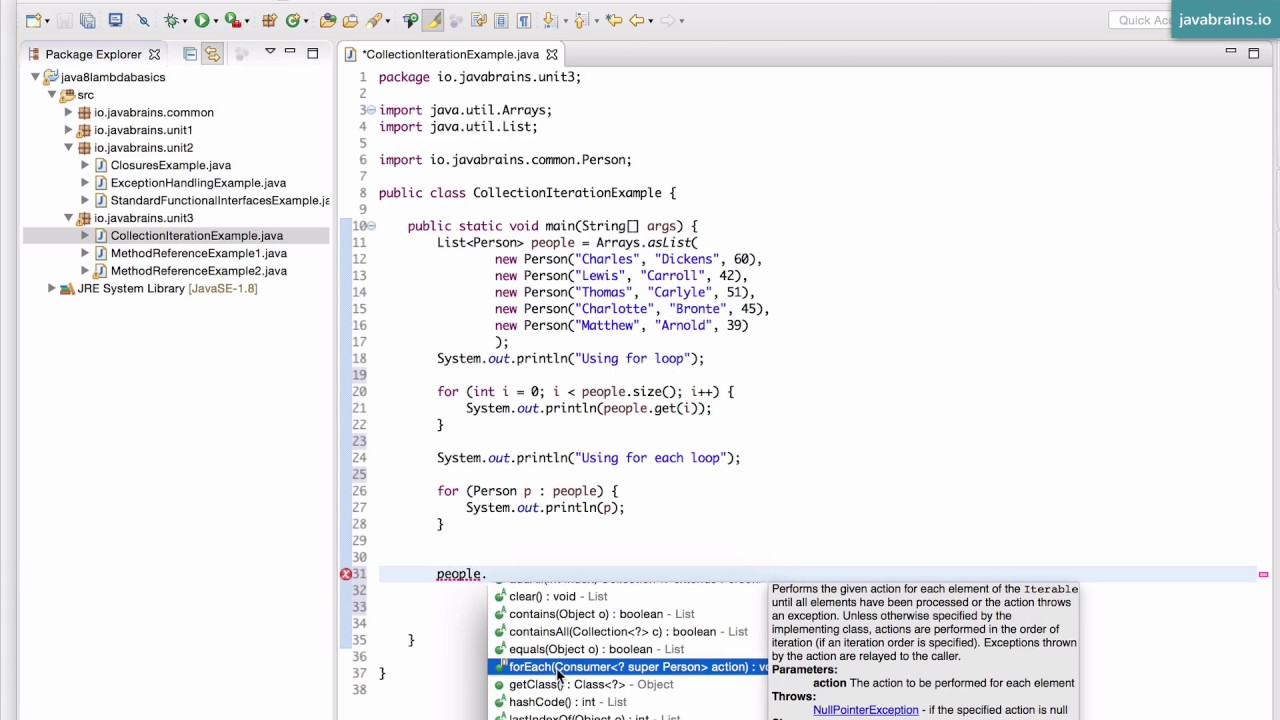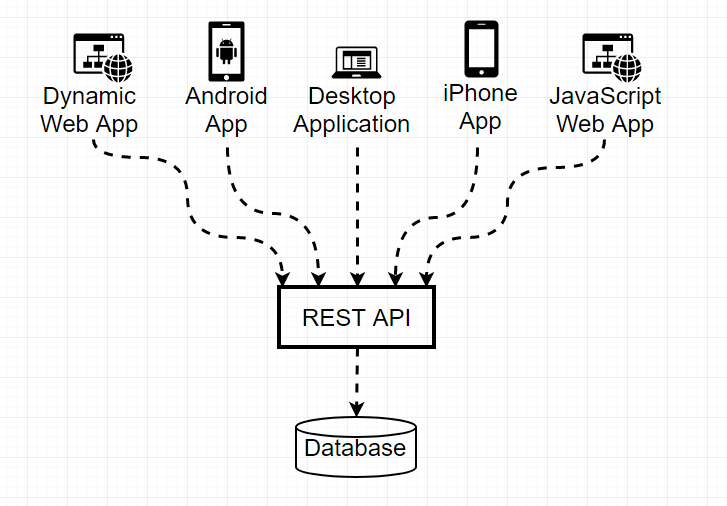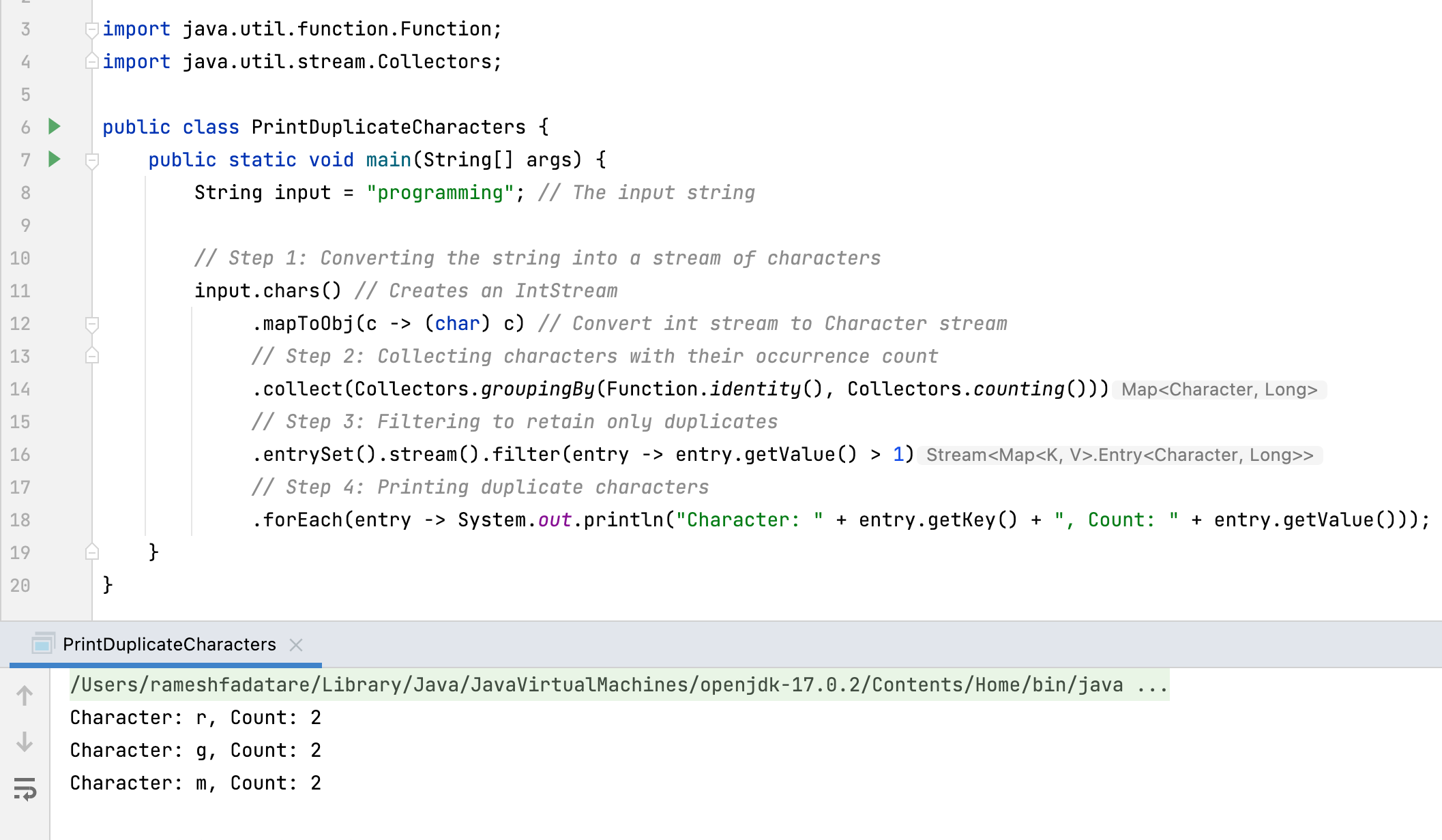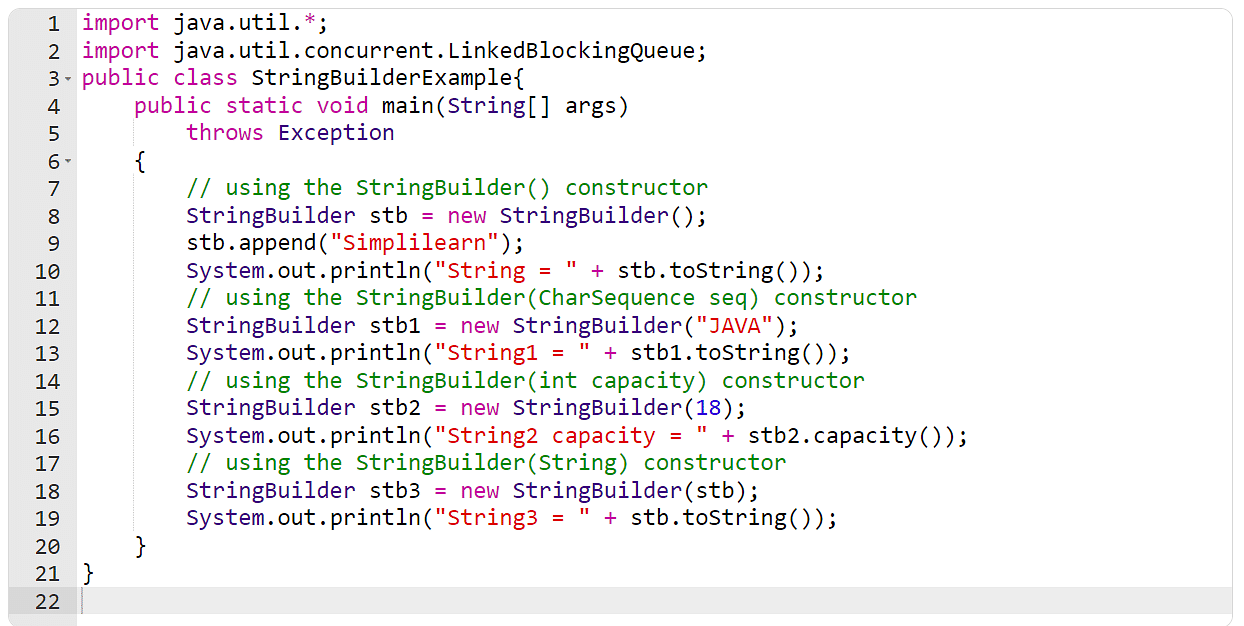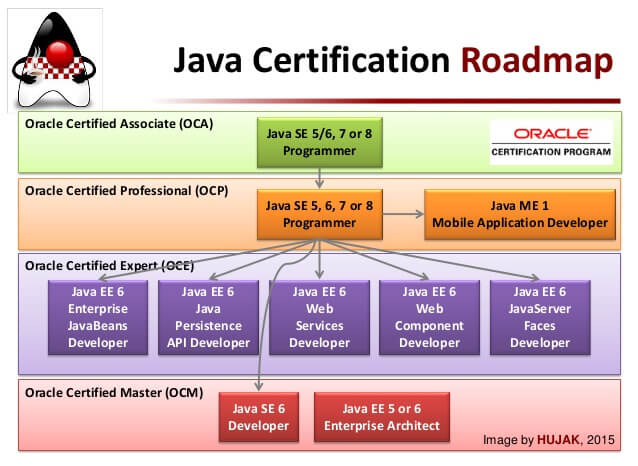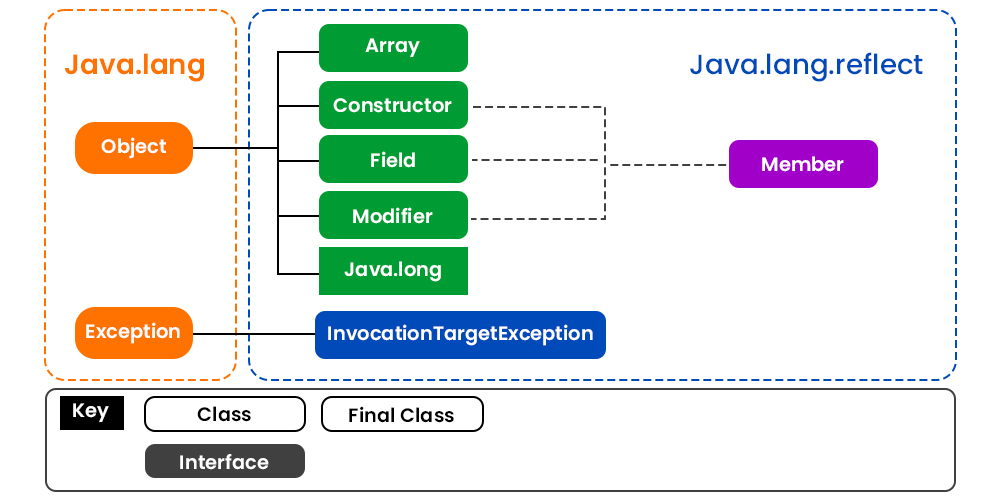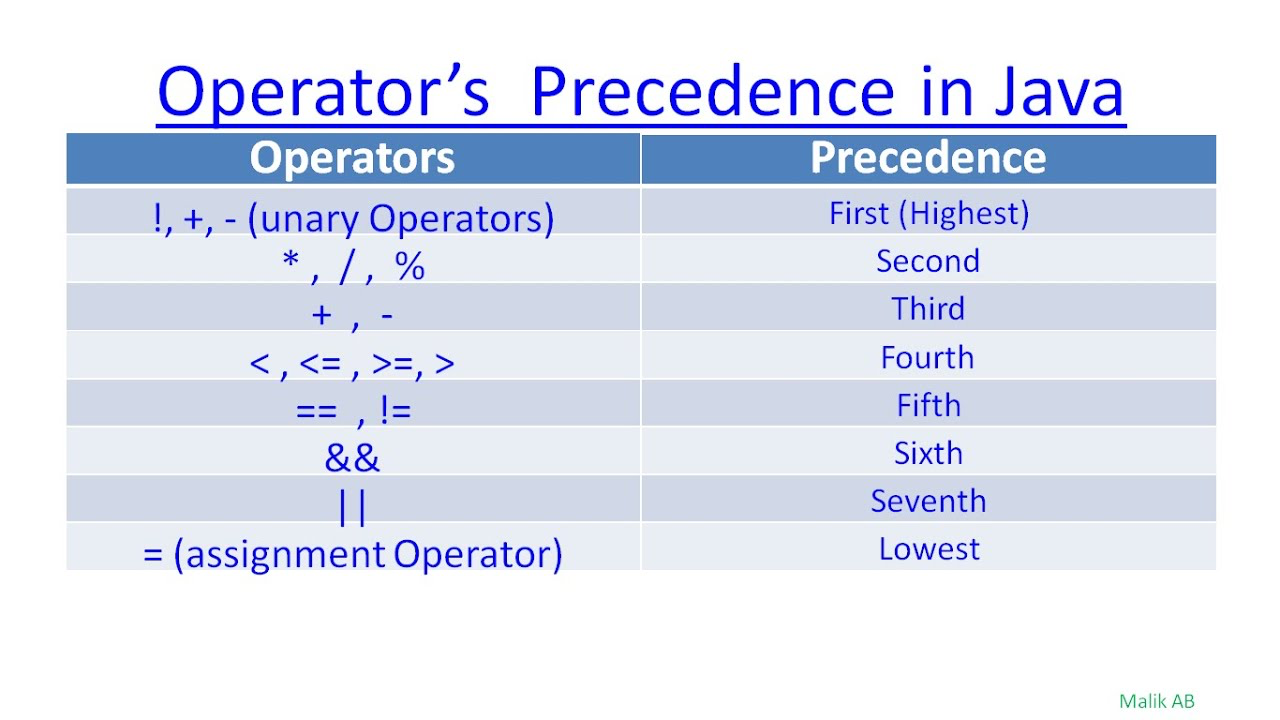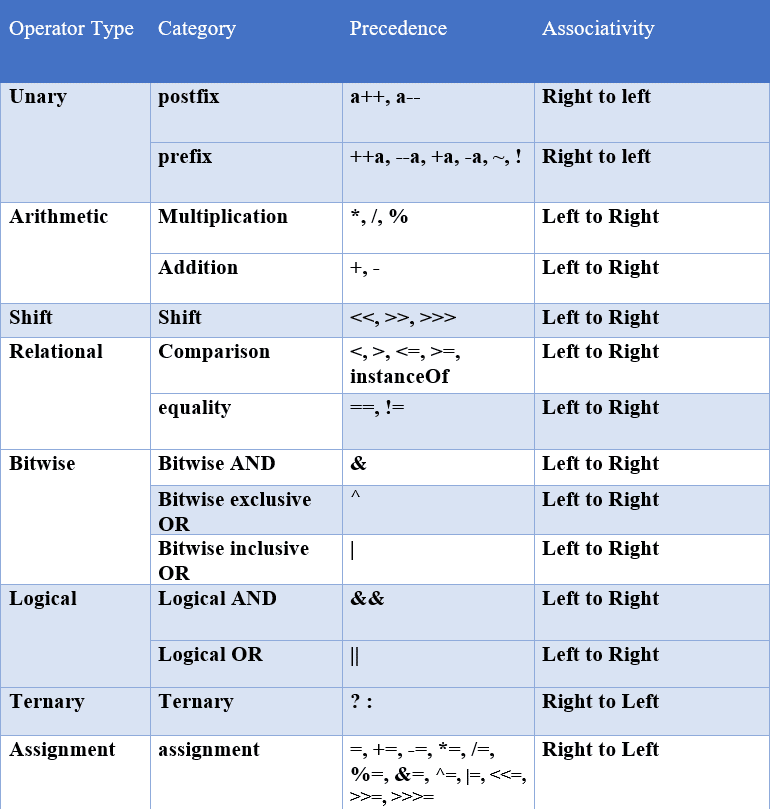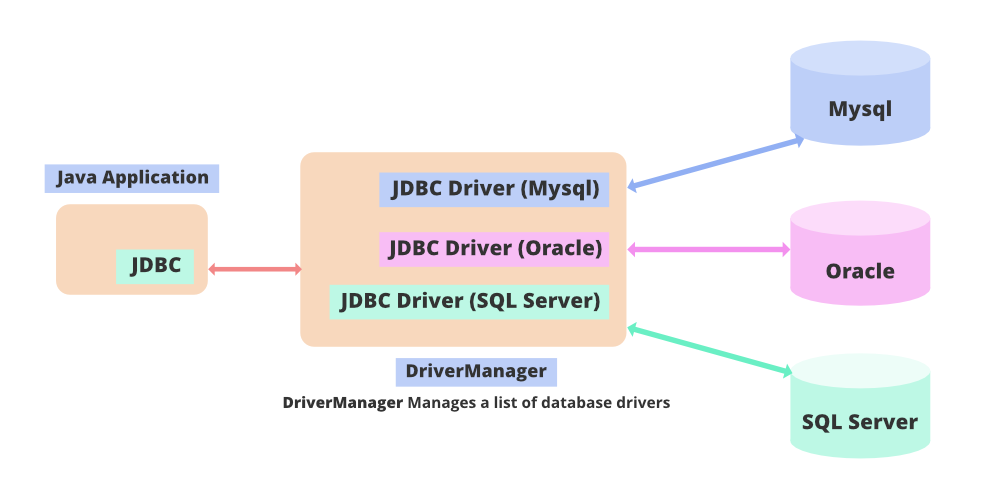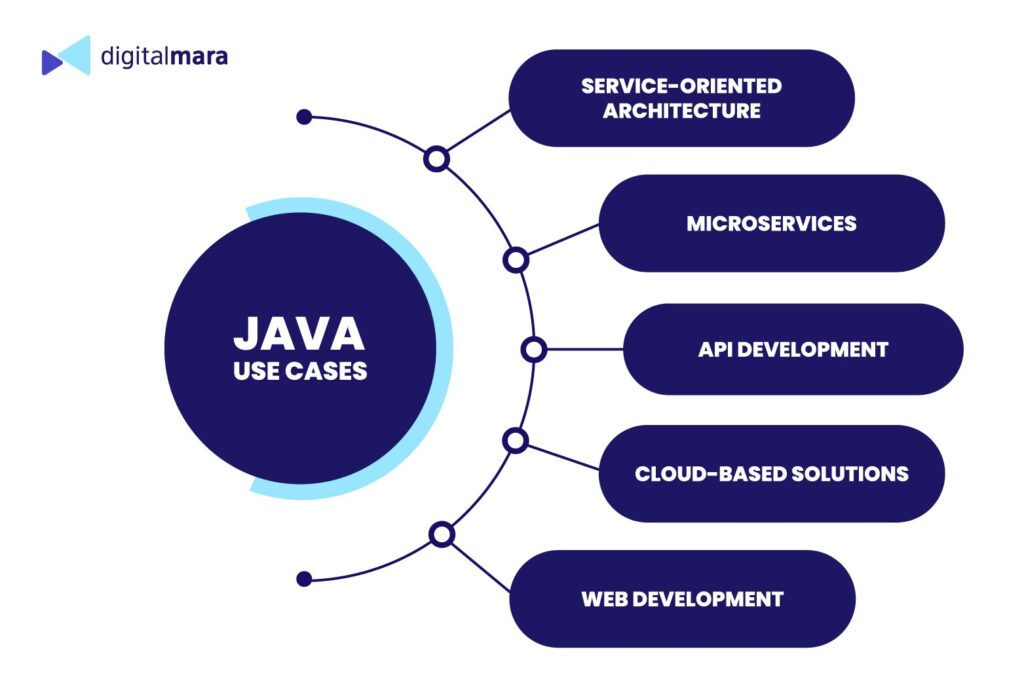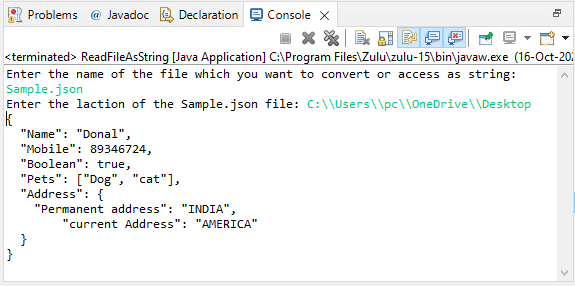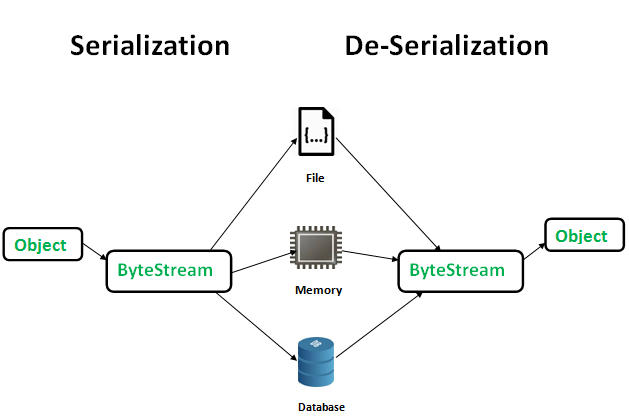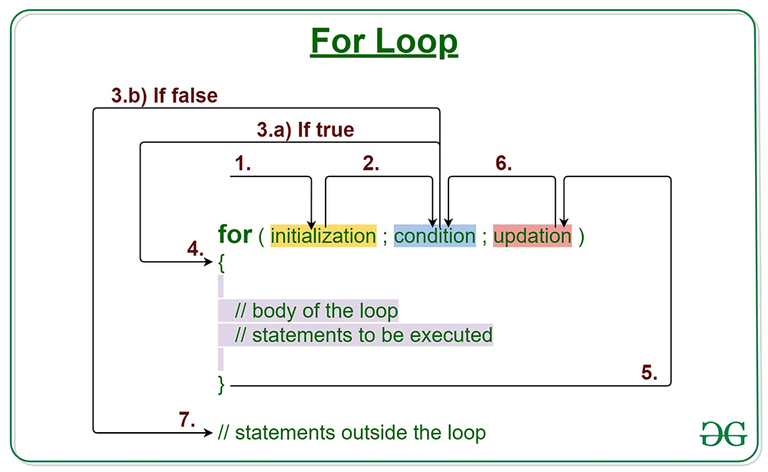What is the purpose of annotations in Java?
What is the purpose of annotations in Java?
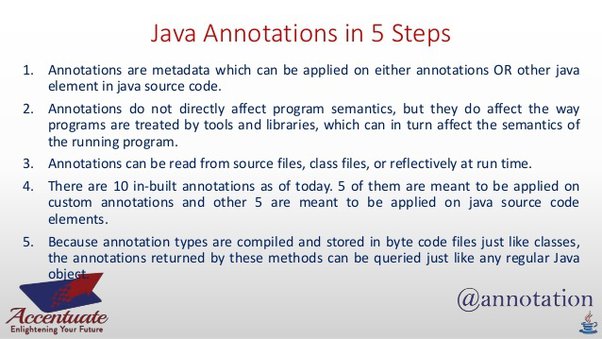
I'd be happy to explain the purpose of annotations in Java in English!
Annotations are a feature in Java that allows developers to provide metadata about classes, methods, and variables. In other words, they are a way to add extra information or instructions that can be used by the compiler, runtime environment, or other tools. Annotations are specified using the @ symbol followed by the name of the annotation.
One of the primary purposes of annotations is to provide additional information about Java code. For example, you might use an annotation to indicate that a certain method should only be called under specific conditions. This can help developers understand the intent behind the code and make it easier for others to maintain or extend the codebase.
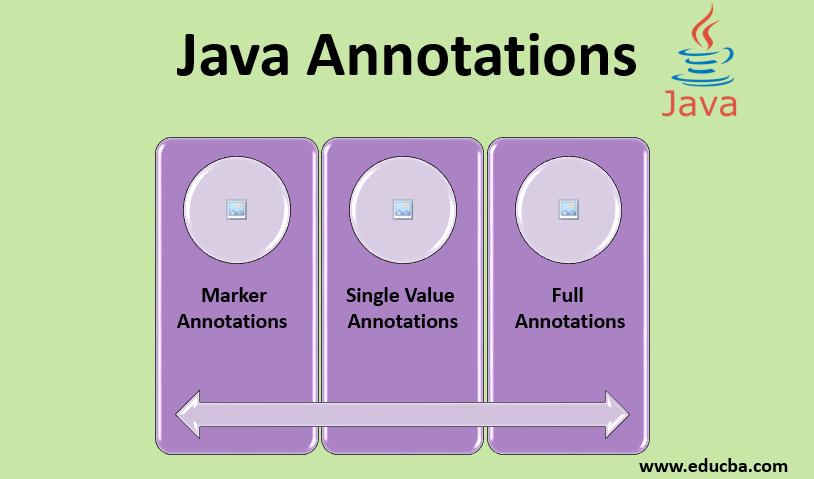
Another important purpose of annotations is to enable frameworks and tools to automate tasks and simplify development. For instance, Java-based frameworks like Hibernate use annotations to define how classes are mapped to database tables or how methods should be handled. This reduces the amount of boilerplate code that needs to be written and makes it easier for developers to work with complex systems.
Some common examples of annotations in Java include:
@Override: This annotation indicates that a method is overriding a method from its superclass. @Deprecated: This annotation marks a method or class as deprecated, meaning it should no longer be used. @SuppressWarnings: This annotation is used to suppress certain warnings generated by the compiler. For example, you might use this annotation if you're working with code that has been optimized for performance and the compiler is warning about potential issues with memory allocation. @XmlElement: This annotation is used in Java-based XML binding tools like JAXB (Java Architecture for XML Binding) to specify how an XML element should be mapped to a Java class.In addition to providing metadata, annotations can also be used as a way to inject behavior or logic into code. For example, you might use annotations to register listeners or handlers that respond to certain events or requests.
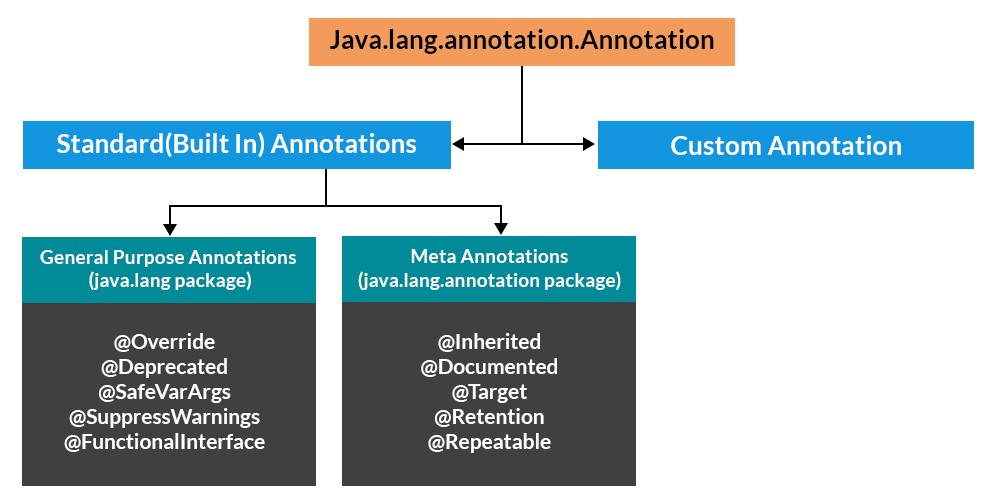
Finally, annotations can help developers catch errors and bugs early in the development process. By using annotations to specify constraints or requirements for certain methods or classes, developers can ensure that their code is more robust and less prone to errors.
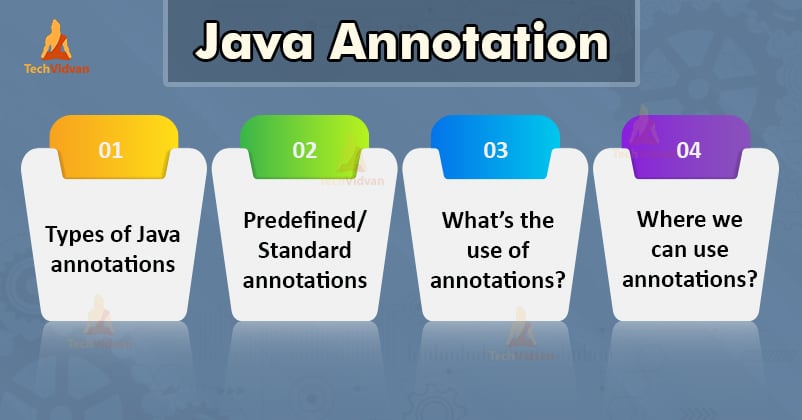
In summary, annotations are a powerful tool in Java that provide additional information about code, enable frameworks and tools to automate tasks, simplify development, and help catch errors early on. They are an essential part of any Java developer's toolkit!
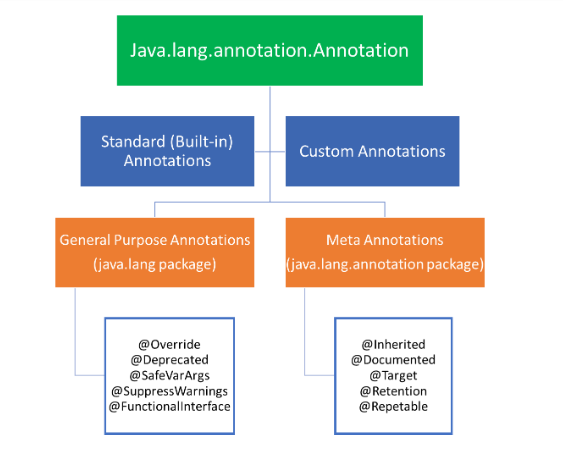
java tutorial
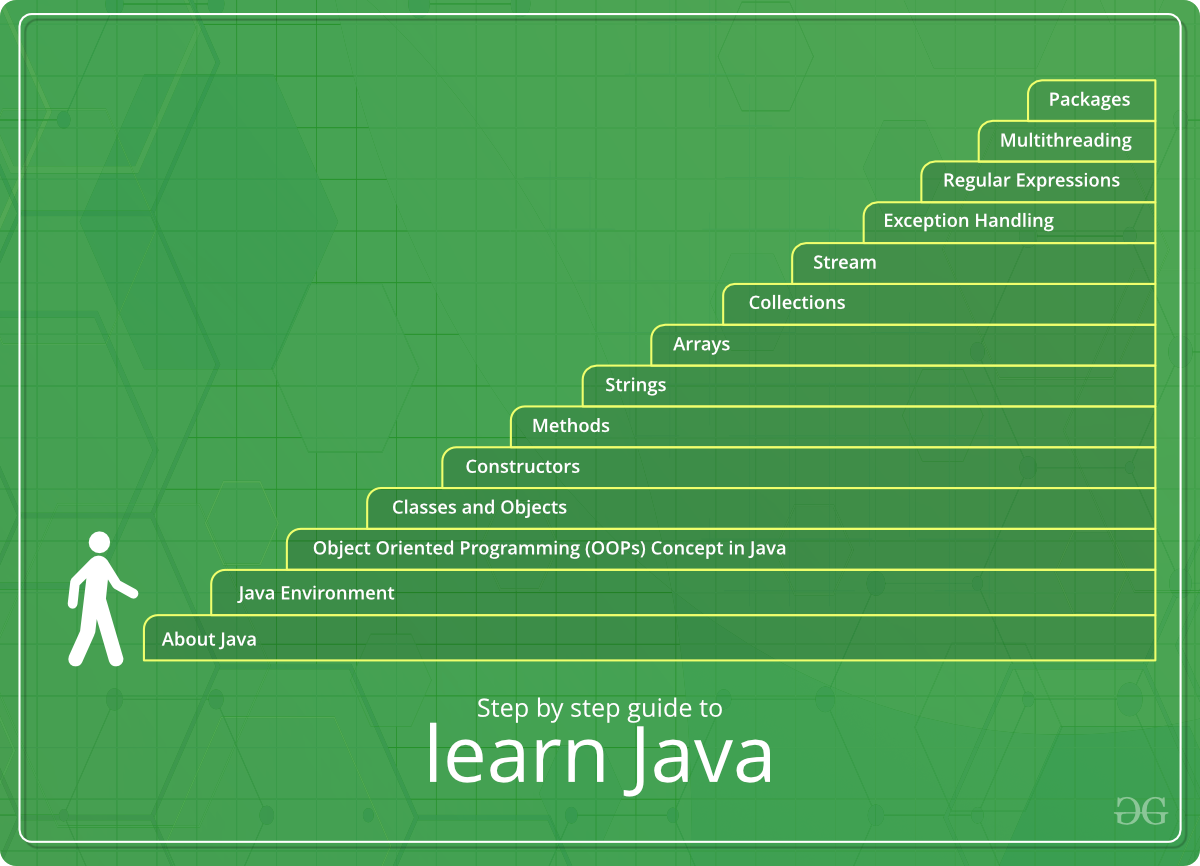
Here is a comprehensive Java tutorial:
Java is an object-oriented programming language that was developed by Sun Microsystems (now owned by Oracle Corporation). It is designed to be platform-independent, meaning that programs written in Java can run on any device that has a Java Virtual Machine (JVM) installed.
Basic Syntax
In Java, statements are terminated with a semicolon (;). Comments start with // and end at the next newline character. Variable declarations use the type variableName; syntax, and assignments use the variableName = value; syntax.
// This is a comment
int x; // declare an integer variable
x = 5; // assign 5 to x
Variables and Data Types
Java has eight primitive data types:
boolean: A boolean value (true or false) byte: An 8-bit signed integer char: A Unicode character short: A 16-bit signed integer int: A 32-bit signed integer long: A 64-bit signed integer float: A 32-bit floating-point number double: A 64-bit floating-point number
Operators
Java has the following operators:
Arithmetic operators: +, -, *, /, % Comparison operators: ==, !=, <, >, <=, >=, != Logical operators: &&, ||, ! Assignment operators: =, +=, -=, *=, /=, %=, <<=, >>=, >>>=, &=, ^=, |=Control Flow
Java has the following control flow statements:
if (condition) { code }: Execute code if condition is true if (condition) { code } else { otherCode }: Execute code if condition is true, otherwise execute other code while (condition) { code }: Repeat executing code while condition is true do { code } while (condition): Execute code until condition is false for (initialization; condition; increment) { code }: Loop through initializing value to incrementing value, as long as condition is true
Functions
Java has two types of functions:
Method: A block of code that can be invoked multiple times with different parameters. Constructor: A special method that is called when an object is instantiated.public class MyClass {public void myMethod(int x) { // method
System.out.println(x);
}
public MyClass(int y) { // constructor
this.y = y;
}
}
Inheritance and Polymorphism
Java supports inheritance through the extends keyword:
public class Animal {public void sound() {
System.out.println("The animal makes a sound.");
}
}
public class Dog extends Animal {
public void sound() { // overriding method
System.out.println("The dog barks.");
}
}
This is just a brief introduction to Java. If you're interested in learning more, I can provide additional information and examples.
Do let me know if there's anything specific you'd like me to cover!
